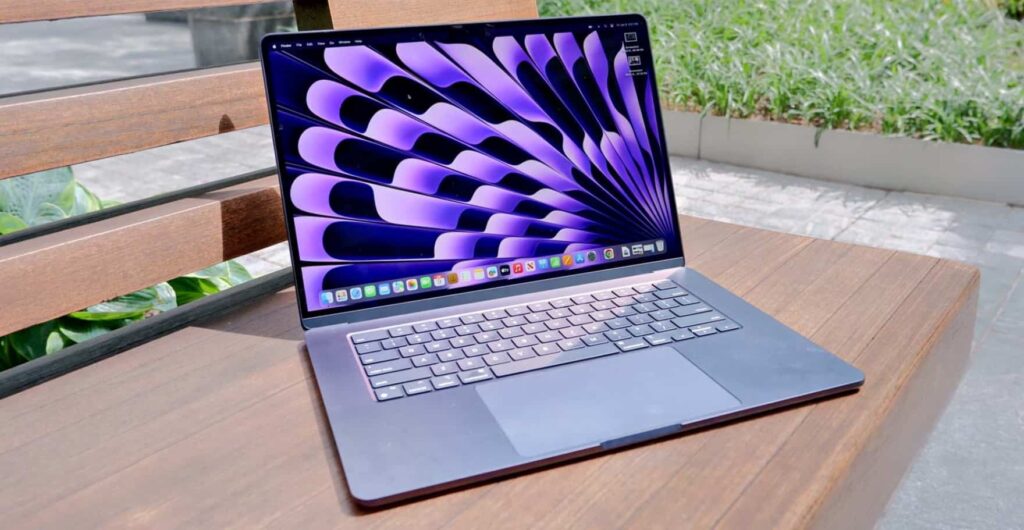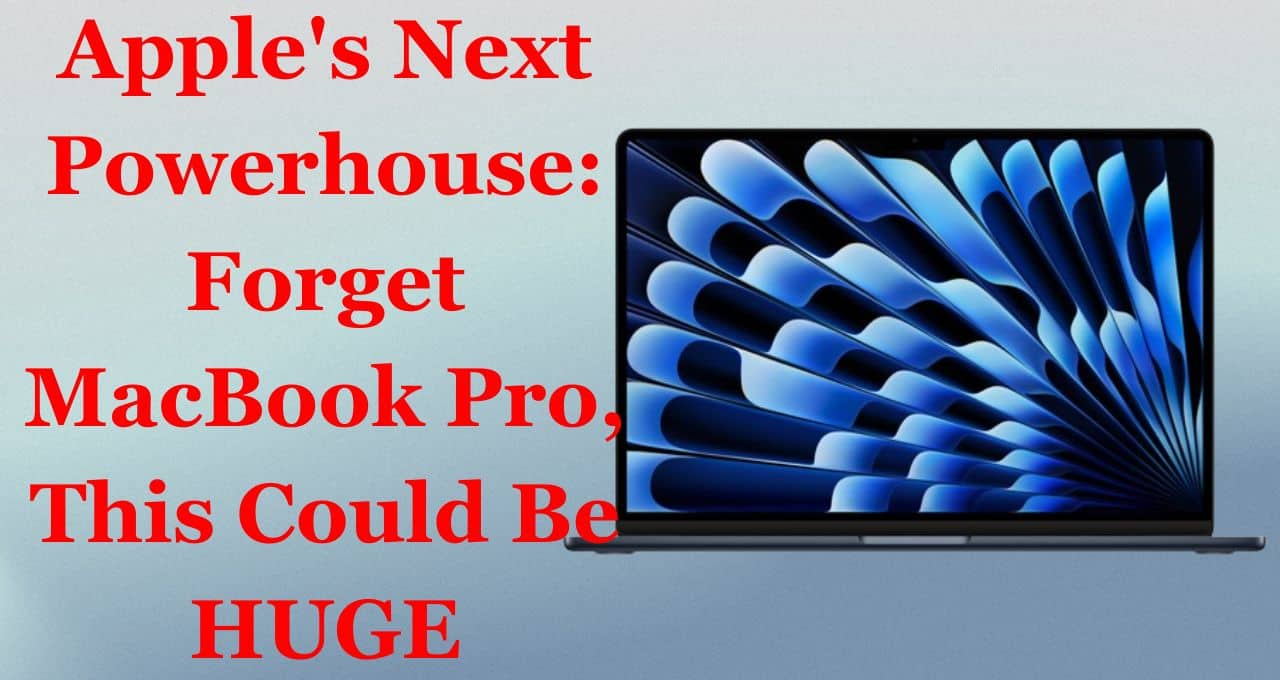Although they are high-end, the current MacBook Pro notebooks are not flawless. Though it might take some time, Apple is getting ready to raise its specifications to pace with the Windows-powered competitors.
The MacBook lineup still lags behind the Windows market in a number of important areas, including form factors, support for peripherals, and screens. Although Windows has supported touchscreens for more than 20 years, as demonstrated by the oddly useful Windows XP Tablet Edition, Apple has adamantly refused to include a touchscreen in the MacBook, despite the company’s efforts to encourage app interoperability between the MacBook and the iPad.

Apple is likewise falling behind in screen technology, continuing to use mini-LED and LCD panels.The Elec, a South Korean website, reported this week on efforts to introduce OLED screens into the production line, which appear to be changing that.
It emphasizes Samsung’s intentions to supply Apple and the MacBook with an 8th generation OLED panel production line.
Compared to comparable sized LCD and mini-LED panels, OLED displays use less electricity and provide deeper blacks and more vibrant colors. All of these benefits would work well with any laptop, but since Apple’s displays lag far behind those of its rivals, bringing them up to speed would significantly enhance the MacBook platform.
Regretfully, geeks who enjoy Apple products will have to wait to purchase a MacBook featuring a contemporary display. It’s unlikely that the mini-LED technology used in the current M3 generation of MacBook Pro models will be replaced this year. It’s unlikely that the less expensive laptop aimed at consumers will introduce the OLED technology, even though the M3 MacBook Air is still to be unveiled in the middle of March.
In all likelihood, an OLED-equipped MacBook won’t be available until 2025, and Samsung’s effects on the supply chain won’t become apparent until 2027.
It’s a demanding request for individuals who must enter Apple’s ecosystem to wait a year before adopting Tim Cook’s concept of a deskbound computer. Moving to an OLED display is a major boost for those who are already invested in this area of the digital world. Considering the typical lifespan of a laptop, it makes sense to forego this year’s improvement in favor of a vivid OLED display that will last you five years or longer.
